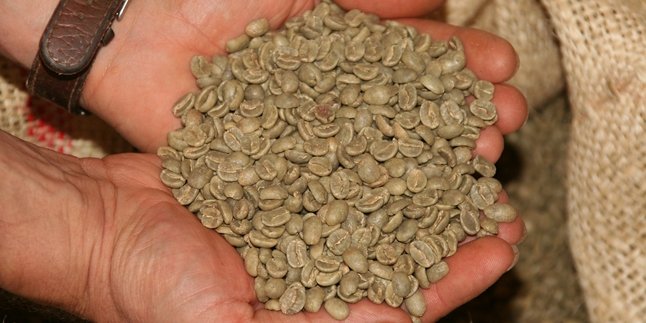Kapanlagi.com - Knowing blood type is very important considering that everyone has different blood types. Knowing blood type is also necessary if you need a blood transfusion, plan to donate blood, or have other medical issues. Because if the body is given blood that is not compatible with its blood type, it can trigger an immune response that is dangerous.
However, there are still many people who do not know their blood type. Even though the process of knowing blood type is quite simple and can be done in clinics, laboratories, or hospitals. Medical personnel will take blood from your fingertip. After that, the blood sample will be mixed with antibodies and react so that you can determine your blood type.
However, if you haven't had a blood type test yet, there are methods that can be used to determine your blood type without a test. However, the blood test is still the most accurate method. But it doesn't hurt to find out your blood type. Well, for more details, check out the following review.
1. How to Determine Blood Type from Physical Condition
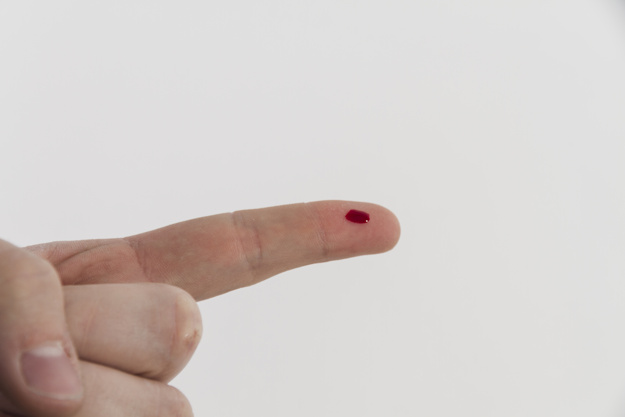
(credit: freepik)
Apparently, determining someone's blood type can be done simply by observing their physical condition. This method of determining blood type can be done by observing the following physical characteristics.
Based on Skin:
-People with blood type A tend to have small pores, smooth facial skin texture, don't sweat easily, and are not prone to skin irritation.
-People with blood type B tend to have thin skin that is easily irritated, large pores, and sweat easily.
-People with blood type AB have skin that can be considered good and strong. This is because blood type AB is a combination of blood types A and B.
-People with blood type O tend to have large pores, sweat easily in hot places, and are prone to allergies.
Based on Immune System:
-Blood type A is susceptible to mild illnesses such as the flu, or other airborne diseases.
-Blood types B and O are said to have a good immune system, making them less susceptible to diseases.
-Blood type AB is susceptible to diseases caused by unhygienic environmental factors.
2. How to Determine Blood Type from Parents
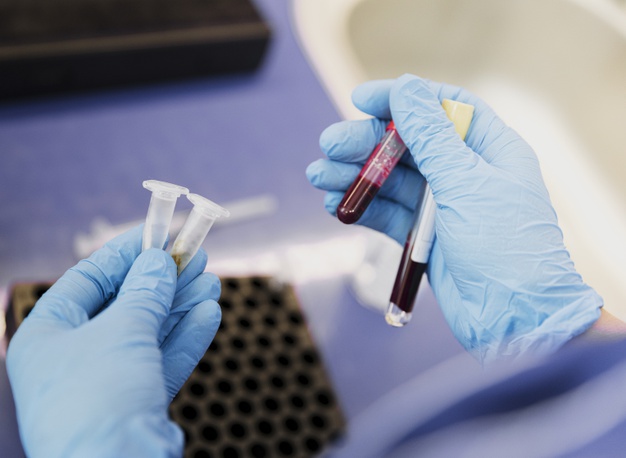
(credit: freepik)
First, one way to determine blood type without testing is by knowing the blood type of the parents. The child's blood type is not always the same as the parents' blood type. Some combinations of blood types actually result in a different blood type. Although this method is only an estimation, it doesn't hurt to try.
-If both parents have blood type A, the child may have blood type O or A.
-If one parent has blood type A and the other has blood type B, the child may have blood type A, B, O, or AB.
-If one parent has blood type A and the other has blood type O, the child may have blood type A or O.
-If one parent has blood type A and the other has blood type AB, the child may have blood type A, B, or AB.
-If both parents have blood type B, the child may have blood type O or B.
-If one parent has blood type B and the other has blood type O, the child may have blood type B or O.
-If one parent has blood type B and the other has blood type AB, the child may have blood type A, B, or AB.
-If both parents have blood type AB, the child may have blood type A, B, or AB.
-If one parent has blood type AB and the other has blood type O, the child may have blood type A or B.
3. How to Determine Blood Type with the ABO Method
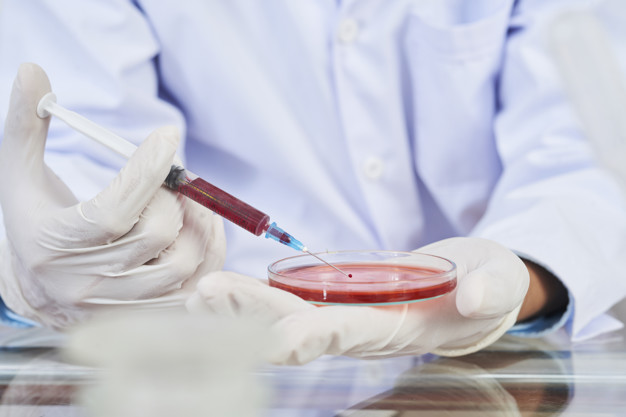
(credit: freepik)
Furthermore, determining blood type can be done using the ABO method. However, the ABO method does require a blood test as a preliminary step. By using this technique, the test results will classify the blood types into 4 categories: A, B, AB, and O.
When blood is dropped onto a surface that has been treated with anti-A substance, the blood type is determined as follows:
- If the blood clots on the surface with anti-A substance, the blood type is A.
- If the blood clots on the surface with anti-B substance, the blood type is B.
- If the blood clots on both surfaces, the blood type is AB.
- If the blood does not clot on both surfaces, the blood type is O.
4. How to Determine Blood Type with Rhesus
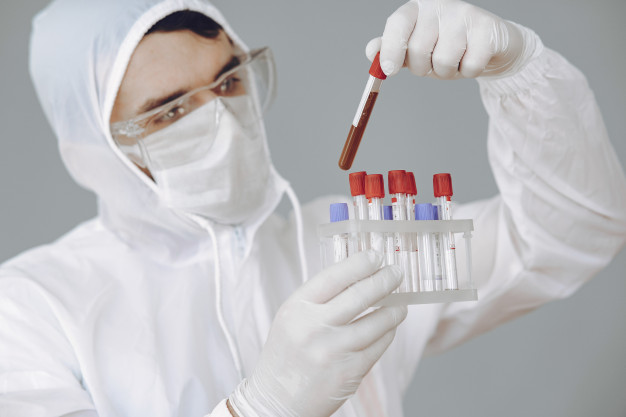
(credit: freepik)
Same as the ABO method, the rhesus method will also be carried out together with blood type testing using ABO. The doctor will identify the rhesus (Rh) blood of a person. This is done by mixing antigen D and a blood sample. After that, the rhesus type will be determined.
- Rhesus positive (Rh+), if there is Rh antigen in the red blood cells. People with Rh positive can receive blood transfusions from individuals with Rh+ and Rh-
- Rhesus negative (Rh-), if there is no Rh antigen in the red blood cells. People with Rh negative can only receive blood transfusions from individuals with Rh- as well.
Those are some ways to determine blood type even without testing. To obtain accurate results, it is advisable to undergo medical tests to confirm your blood type. Hope this is helpful.
(kpl/dtm)
Disclaimer: This translation from Bahasa Indonesia to English has been generated by Artificial Intelligence.








